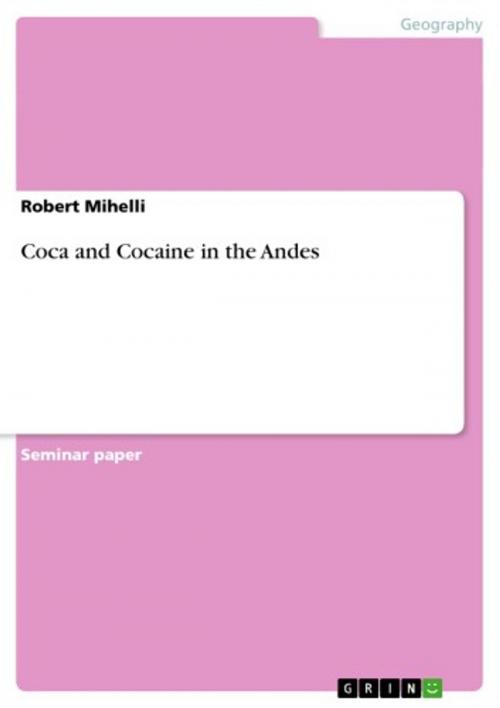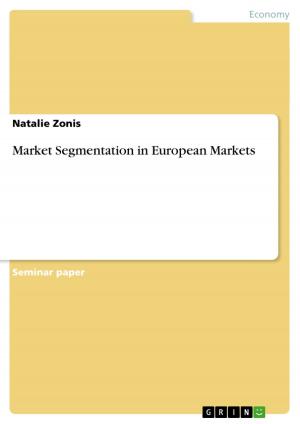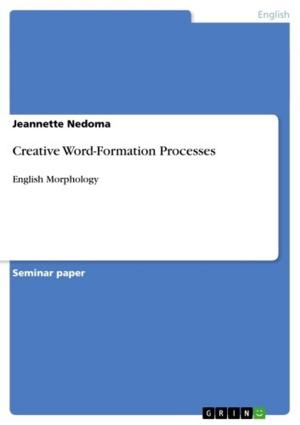| Author: | Robert Mihelli | ISBN: | 9783638236065 |
| Publisher: | GRIN Publishing | Publication: | November 28, 2003 |
| Imprint: | GRIN Publishing | Language: | English |
| Author: | Robert Mihelli |
| ISBN: | 9783638236065 |
| Publisher: | GRIN Publishing |
| Publication: | November 28, 2003 |
| Imprint: | GRIN Publishing |
| Language: | English |
Seminar paper from the year 2002 in the subject Geography / Earth Science - Economic Geography, grade: 1,2 (A+), RWTH Aachen University (Geography Institute), 15 entries in the bibliography, language: English, abstract: Andean farmers have good financial reasons for continuing to grow coca, and it is unlikely that theeconomic equation can be substantially altered. Cocaine is as cheap and plentiful as ever on U.S.streets, the biggest market for cocaine; the State Department estimates that 1999 coca productionincreased. The current U.S. retail cocaine market is somewhere between $30 billion and $150 billion. Efforts at interdiction and crop substitution have failed, the former because the amounts of cocaineimported are so large that seizures have little overall impact, the latter both because alternative cropsare intrinsically less lucrative and because there is no infrastructure to bring such crops to market. TheU.S. General Accounting Office report to Congress argued that crop substitution was unlikely tosucceed, and the U.S. Drug Enforcement Administration has calculated the cost of raw coca as makingup less than 1 percent of the retail cost of refined cocaine in the U.S. The latter statistic means thattraffickers could easily afford to increase what they pay for raw coca if a shortage occurred, therebystimulating production. In order to explain why the andean Countries prefer to grow coca, it is important to understand that thecoca plant is a part of the culture, as history shows and there is a difference between the existence ofcoca and cocaine. The usage and the production of the coca plant changed in the last hundred years,and the monocultural development carry tremendous illegal capacities. But on the other hand, it isoriginally a cultural heritage. To explain this issue one must know where it is cultivated, why and whatproblems it causes for the Andean Countries, and not only for these countries, but on a globalscale.
Seminar paper from the year 2002 in the subject Geography / Earth Science - Economic Geography, grade: 1,2 (A+), RWTH Aachen University (Geography Institute), 15 entries in the bibliography, language: English, abstract: Andean farmers have good financial reasons for continuing to grow coca, and it is unlikely that theeconomic equation can be substantially altered. Cocaine is as cheap and plentiful as ever on U.S.streets, the biggest market for cocaine; the State Department estimates that 1999 coca productionincreased. The current U.S. retail cocaine market is somewhere between $30 billion and $150 billion. Efforts at interdiction and crop substitution have failed, the former because the amounts of cocaineimported are so large that seizures have little overall impact, the latter both because alternative cropsare intrinsically less lucrative and because there is no infrastructure to bring such crops to market. TheU.S. General Accounting Office report to Congress argued that crop substitution was unlikely tosucceed, and the U.S. Drug Enforcement Administration has calculated the cost of raw coca as makingup less than 1 percent of the retail cost of refined cocaine in the U.S. The latter statistic means thattraffickers could easily afford to increase what they pay for raw coca if a shortage occurred, therebystimulating production. In order to explain why the andean Countries prefer to grow coca, it is important to understand that thecoca plant is a part of the culture, as history shows and there is a difference between the existence ofcoca and cocaine. The usage and the production of the coca plant changed in the last hundred years,and the monocultural development carry tremendous illegal capacities. But on the other hand, it isoriginally a cultural heritage. To explain this issue one must know where it is cultivated, why and whatproblems it causes for the Andean Countries, and not only for these countries, but on a globalscale.















